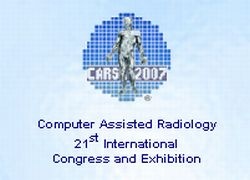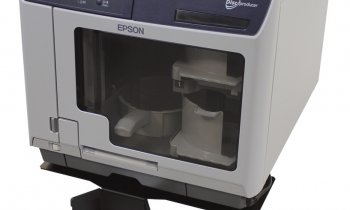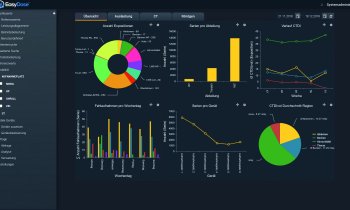Taking a dive into the 21st Computer Assisted Radiology and Surgery Congress
Emphasis on advances in the use of computer assisted radiology and surgery (CARS) technologies in clinical diagnoses and therapies, will herald the opening of CARS this year.

The first tutorial - From Diagnostic to Therapeutic Workstations – will be followed by sessions on: Minimally Invasive Spinal Therapy, Image Guided Diagnosis and Therapy of the Prostate, Interventional Radiology and Tumour Ablation Therapies.
Three presentations will highlight substantial and transformational innovations in current surgical and minimally invasive interventions and those prophesied for the future: Innovation, interdisciplinary and internationality in surgery’, ‘Surgery and interventions of the liver: A role model for interdisciplinary and international co-operation and Tumour ablation therapies: a look to the future.
‘By diving straight into practice we’d like to target clinicians, engineers, computer scientists and physicists all in the same way,’ explained Heinz Lemke PhD, of Berlin Technical University, and Research Professor of Radiology, University of Southern California, Los Angeles, who is also Visiting-Professor for Computer-Assisted Surgery at Leipzig University. ‘From the start, it’s important for us to involve all participants in the processes and developments of the different diagnosis and therapy systems, because we’ll all benefit from interdisciplinary co-operation. This year we received abstracts for presentations and posters from 44 different countries. All in all, we received 573 submissions, an absolute record number!’
Special sessions that follow include scientific papers, and tutorials on surgical subspecialties, PACS, imaging technologies, CAD and CMI will continue. About 250 paper and 200 poster presentations will demonstrate the advances of CARS in an increasing number of clinical fields. The CARS Industrial Exhibition will show the increasing impact of CARS technology in clinical practice.
Surgical PACS is another CARS highlight. Unlike radiological PACS, surgical PACS requires all data to be visible in real-time, which means the reactions of the computer system to a surgeon’s actions must be visible at sub-second levels. This needs an IT infrastructure oriented around real-time. ‘Transmitting the data in real-time calls for high specifications for the system,’ Heinz Lemke points out. ‘With the classic radiological PACS systems it doesn’t matter so much if an image sometimes arrives with around 1-3 seconds delay, maybe because the network is overloaded. That situation would be absolutely unthinkable during surgery.’
To examine and develop standards for surgical PACS, a working party was set up during CARS 2005. Initially this group had around 70 members; today there are 130 worldwide, as well as representatives from firms such as Philips, Zimmer, Brainlab, GE, Siemens, Sony and Agfa.
‘We work very closely with universities, research institutions and surgeons, who are dealing with the issue of what standards are required in the operating theatre to facilitate real-time. The difficulty lies in trying to integrate the different types of data – images and other information, such as physiological movements, respiration, heart movement – into a patient-specific model,’ Dr Lemke points out. ‘Patient specific modelling is destined to become an overarching theme, embracing many of the methods and technologies presented in the ISCAS, CAD, CMI, CAR and EuroPACS congress events. Considering the needs of therapy specifically, the workflow for diagnosis and therapy need to be linked via the patient-specific model (PSM). In addition to demographic data, the PSM comprises the core information data set of the electronic patient record (EPR). The building of this data set, i.e. the PSM, commences in the diagnostic workflow, making use of, for example, computer-aided diagnosis and associated technologies. Subsequently, the construction of the PSM proceeds in all phases of the therapeutic workflow including after-care.’
The individuality of each patient poses a great challenge to research projects of the future, Dr Lemke emphasises: ‘Each human is an individual and the surgical PACS should be able to react to individual circumstances. As Sir William Osler (Canadian physician, 1849–1919) said: Variability is the law of life, and as no two faces are the same, so no two bodies are alike, and no two individuals react alike and behave alike under the abnormal conditions which we know of as disease.’
Based on an EH interview by Denise Hennig
(Details: www.cars-int.org)
26.06.2007










